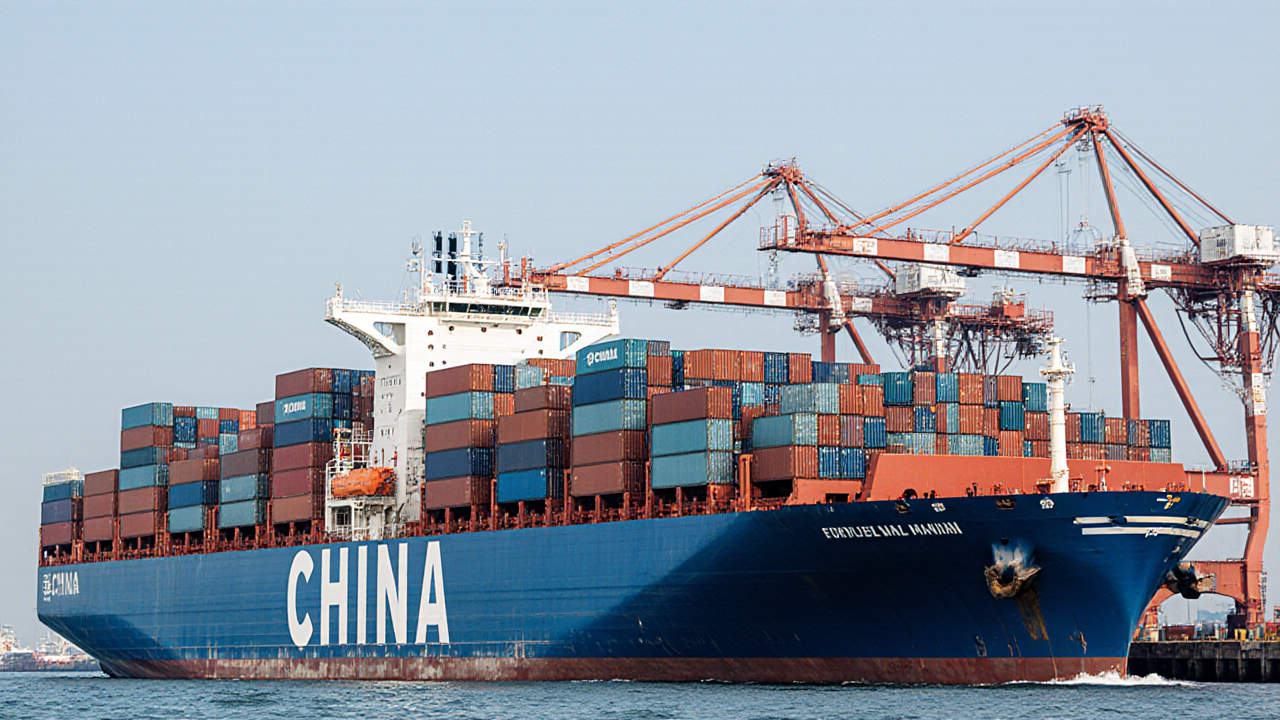
The United States has announced a year‑long suspension of port fees that previously applied to vessels from China, with the new policy taking effect on November 10. This move follows a series of regulatory adjustments aimed at balancing trade tensions and ensuring the resilience of global supply chains. For logistics professionals, the pause signals a temporary easing of cost pressures on a segment of the maritime network that accounts for a substantial share of container throughput in the Pacific region.
Port fees, often levied as a means of recouping infrastructure usage or as a trade‑policy tool, can represent a significant line item in shipping cost calculations. By removing these charges for the next twelve months, the United States is effectively reducing the operating expense for carriers that call on its major hubs. This change is expected to translate into a 5‑10% reduction in freight rates for vessels transiting through U.S. ports, a figure that aligns with historical data on fee‑related cost savings. In turn, supply chain managers may find opportunities to reallocate budget toward technology investments or inventory optimization, thereby strengthening overall network performance.
The pause also offers a broader lesson about the interplay between policy and logistics strategy. When regulatory environments shift, the agility of supply chain operations becomes paramount. Companies that have already integrated real‑time data analytics and dynamic routing tools can adjust their itineraries more quickly, taking advantage of the fee relief while mitigating potential disruptions elsewhere in the network. Moreover, the decision underscores the importance of maintaining robust relationships with port authorities and staying informed about policy developments that could affect cost structures.
From a sustainability standpoint, the temporary fee relief may encourage carriers to consolidate cargo and reduce empty‑leg movements, thereby lowering carbon emissions per container. Leading logistics providers are already exploring modular container designs and hybrid propulsion systems that could further capitalize on the cost savings. By aligning operational efficiency with environmental objectives, companies can deliver both economic and reputational value to stakeholders.
Looking ahead, the pause is slated to expire on November 10 next year, at which point the original fee schedule may resume. Supply chain leaders should therefore adopt a forward‑looking stance, incorporating scenario planning into their annual budgeting processes. Building flexibility into carrier contracts, leveraging predictive analytics to forecast fee changes, and diversifying port usage across the global network will help mitigate the risk of future fee re‑implementation. In a world where trade policies can shift rapidly, the ability to pivot quickly is not just advantageous—it is essential for sustaining competitive advantage.
Loading comments...